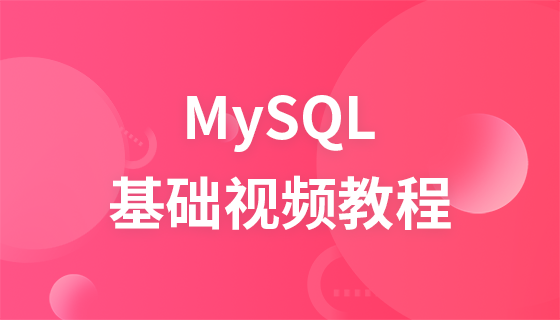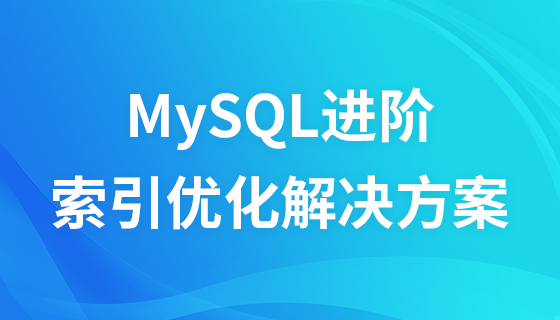
Using MySQL and F# language development: How to implement the data caching function
Introduction:
During the development process, we often need to read a large amount of data from the database. However, frequently reading data from the database will reduce the performance of the system, so using data caching is a very good solution. This article will introduce how to use MySQL and F# language to implement the data caching function to improve system performance and efficiency.
1. Requirements Analysis
Before implementing the data caching function, we must first conduct a needs analysis to understand the specific requirements of the system. Suppose our system needs to read a product list, and when reading the same product multiple times, it can obtain the data directly from the cache instead of querying the database every time.
2. Database design
In order to realize the data caching function, we need to create two tables in the database: product table and cache table. The product table is used to store detailed information about the product, while the cache table is used to store the product data that has been read.
In the MySQL database, we can use the following SQL statements to create product tables and cache tables:
CREATE TABLE products (
id INT PRIMARY KEY,
name VARCHAR(100),
price DECIMAL(10, 2)
);
CREATE TABLE cache (
id INT PRIMARY KEY,
data BLOB
);3. F# code implementation
Let’s take a look at how to use the F# language To implement the data caching function. First, we need to reference the namespaces of MySql.Data and System.IO.MemoryStream in order to use MySQL and the functions of processing memory streams.
open MySql.Data.MySqlClient open System.IO
Next, we need to define a function to read product data from the database and store it in the cache. The following is a code example to implement this function:
let connectionString = "server=localhost;uid=root;pwd=123456;database=your_database"
let readProductsFromDatabase () =
use connection = new MySqlConnection(connectionString)
connection.Open()
use command = new MySqlCommand("SELECT * FROM products", connection)
use reader = command.ExecuteReader()
let productList = new List<KeyValuePair<int, string>>()
while reader.Read() do
let id = reader.GetInt32("id")
let name = reader.GetString("name")
productList.Add(id, name)
productList
let writeToCache (productList: List<KeyValuePair<int, string>>) =
use connection = new MySqlConnection(connectionString)
connection.Open()
use command = new MySqlCommand("INSERT INTO cache (id, data) VALUES (@id, @data)", connection)
use memoryStream = new MemoryStream()
use binaryWriter = new BinaryWriter(memoryStream)
for product in productList do
binaryWriter.Write(product.Key)
binaryWriter.Write(product.Value)
command.Parameters.AddWithValue("@id", 1)
command.Parameters.AddWithValue("@data", memoryStream.ToArray())
command.ExecuteNonQuery()In the above code, the readProductsFromDatabase function is used to read product data from the database and return a list. writeToCache The function is used to write product data into the cache table. Among them, the connectionString variable stores the information about connecting to the database. Please modify it according to your actual situation.
Next, we need to define a function to get the data. First, we read the data from the cache table. If it does not exist in the cache, read it from the database, and then store the read data in the cache table. The following is a code example to implement this function:
let getData (id: int) =
use connection = new MySqlConnection(connectionString)
connection.Open()
use command = new MySqlCommand("SELECT * FROM cache WHERE id = @id", connection)
command.Parameters.AddWithValue("@id", id)
use reader = command.ExecuteReader()
if reader.Read() then
use memoryStream = new MemoryStream(reader.GetValue(1) :?> byte[])
use binaryReader = new BinaryReader(memoryStream)
let productList = new List<KeyValuePair<int, string>>()
while memoryStream.Position < memoryStream.Length do
let productId = binaryReader.ReadInt32()
let productName = binaryReader.ReadString()
productList.Add(productId, productName)
productList
else
let productList = readProductsFromDatabase()
writeToCache productList
productListIn the above code, the getData function accepts the id of a product as a parameter and first attempts to obtain the data from the cache. If the data exists in the cache, it is returned directly. If the data does not exist in the cache, the data is read from the database and written to the cache table before returning the data.
4. Summary
Using MySQL and F# language to develop the data caching function can greatly improve the performance and efficiency of the system. This article introduces how to design a database based on demand analysis and use F# language to implement the data caching function. By rationally utilizing data caching, we can reduce frequent access to the database, thereby improving the system's response speed and throughput. I hope this article will be helpful to you in implementing the data caching function.
The above is the detailed content of Using MySQL and F# language development: how to implement data caching function. For more information, please follow other related articles on the PHP Chinese website!


![MySQL query optimization solution [taught by architects from major manufacturers] [Getting Started with MySQL | Tuning | Indexing] Advanced Tutorial](https://img.php.cn/upload/course/000/000/068/6242a7d5be236814.png)

